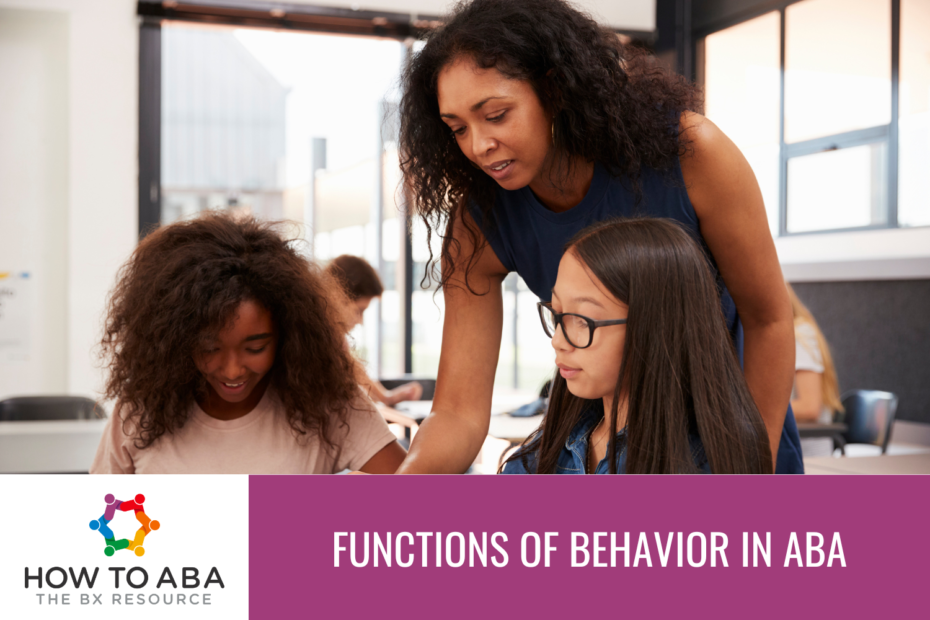The Art of Writing Effective ABA Programs: How to Write a Good ABA Program
Unfortunately, writing good program descriptions wasn’t covered in the training to become BCBA-certified. Most of us have a solid background in the foundations and principles… Read More »The Art of Writing Effective ABA Programs: How to Write a Good ABA Program










